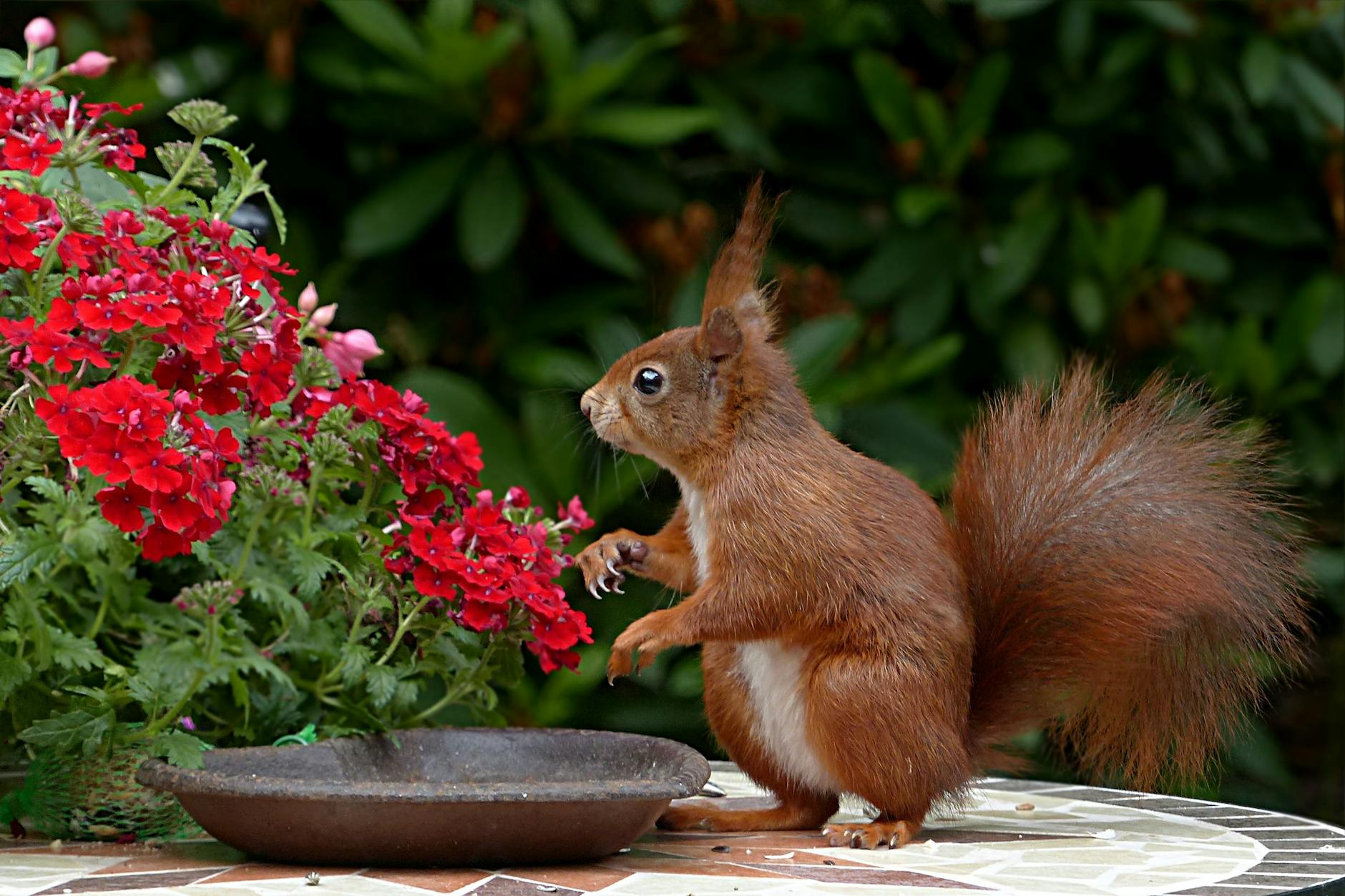Edinburgh scientists’ squirrel genes warning
Scotland’s red squirrels have among the lowest genetic diversity of any species in the world, leaving them vulnerable to disease, according to a study led by scientists at the University of Edinburgh.
The research found that genetic diversity among the animals was lower than globally endangered species including the Iberian lynx and Amur tiger.
The animals’ lack of diversity could explain why they are slow to develop resistance to the squirrelpox virus, which is carried by non-native grey squirrels and fatal to reds.
Experts warned that continued genetic monitoring and interventions were urgently needed to improve red squirrel diversity and boost conservation efforts for the species.
Red squirrels are endangered in the UK and considered a conservation priority in Scotland, a key stronghold for the animals.
Scotland is home to around 80% of the UK’s red squirrel population, but the native creatures have struggled due to the spread of greys, which out-compete red squirrels for resources and can also carry squirrelpox.
Genetic diversity helps populations adapt to environmental changes and makes them more resilient to threats such as diseases and habitat loss.
Scientists analysed the entire genetic code of 106 red squirrels from across Scotland and from Formby in north-west England, to help understand how closely related they are and track the spread of populations.
The animals’ movement across Scotland is restricted by natural and man-made barriers, such as the Cairngorm mountains in the north and cities in the Central Belt, creating pockets of isolated populations.
The north east of Scotland remains one of the only areas where the animals are free to move between the north and south.
The study, published in the journal Evolutionary Applications, suggests translocation of squirrels — moving squirrels between populations — may be one option to introduce greater genetic variety.
Dr Melissa Marr, study lead from the Royal (Dick) School of Veterinary Studies at the University of Edinburgh, said: “This is the first time whole genomes have been used to study Scottish red squirrels.
“Historical records show that they have faced many threats in the past, and this is clearly reflected in their DNA which shows worryingly low levels of diversity.
“By highlighting this low genetic diversity, and how their populations are spread over the landscape, our findings offer critical new information to help secure the future of this iconic native species for generations to come.”
Samples for the study were sourced from the red squirrel disease surveillance programme at the Royal (Dick) School of Veterinary Studies, which has been analysing red squirrel mortality across Scotland for 20 years.
The research team also included scientists from Forestry and Land Scotland and National Museums Scotland (NMS), who provided additional samples.
Dr Andrew Kitchener, NMS’ Senior Curator of Vertebrate Biology, said: “Samples from red squirrels in our Natural Sciences collection from different populations in Britain covering the last 30 years have enabled this study to look at population changes over that time, and for any regional variation.
“This underlines the importance of collections like ours at National Museums Scotland, amassed over the long-term, which enables us to reflect changes in the environment over time.
“In addition to physical specimens, we have in recent years established a growing biobank of tissue samples, which are crucial in providing high quality DNA for whole genome studies such as this one.”
